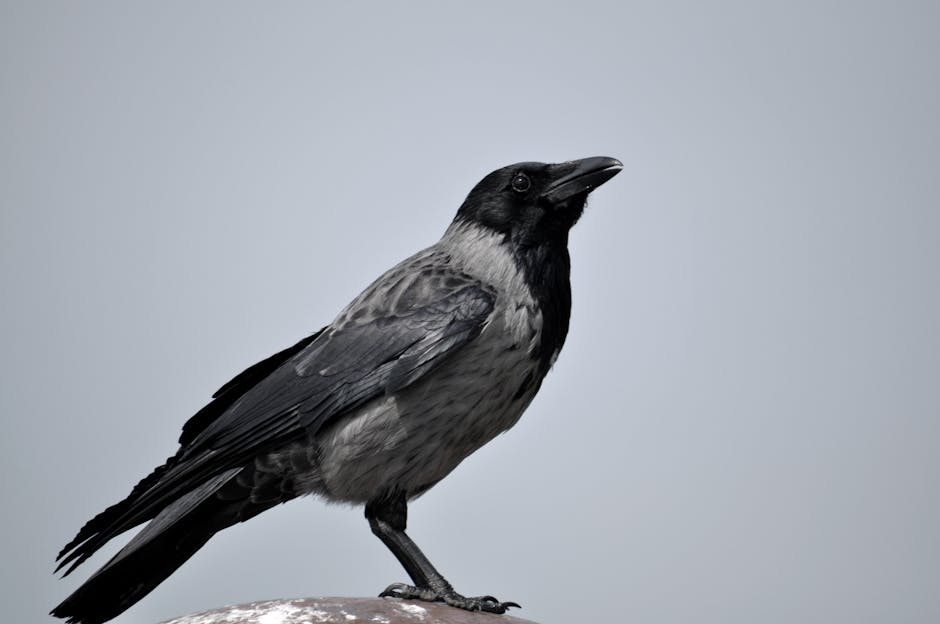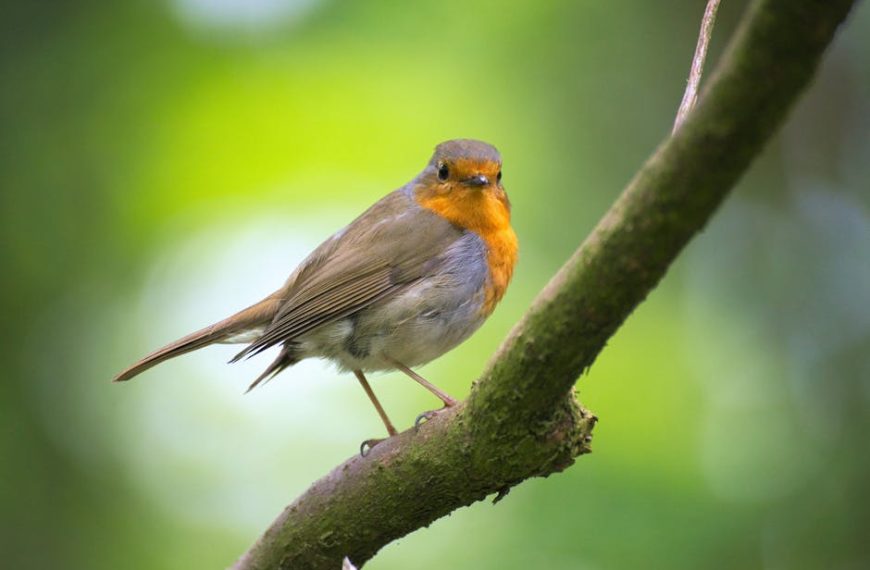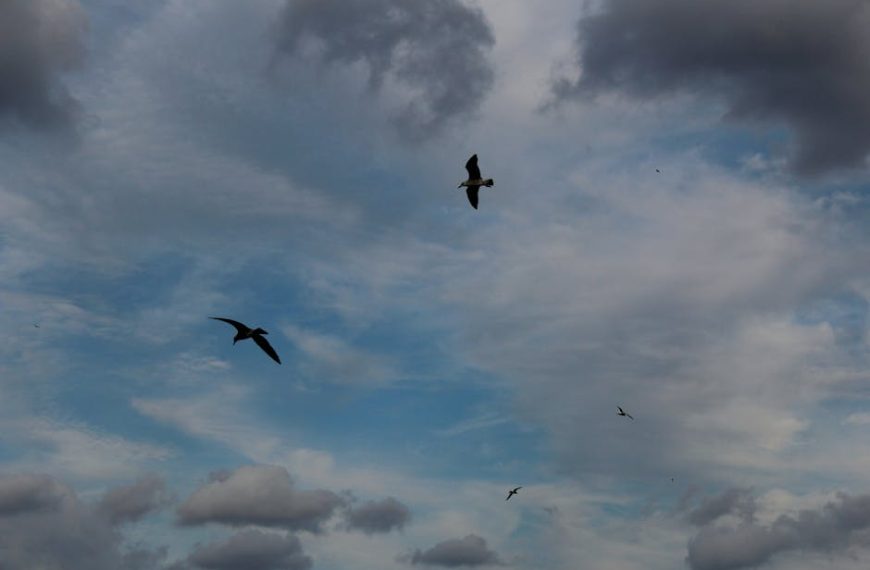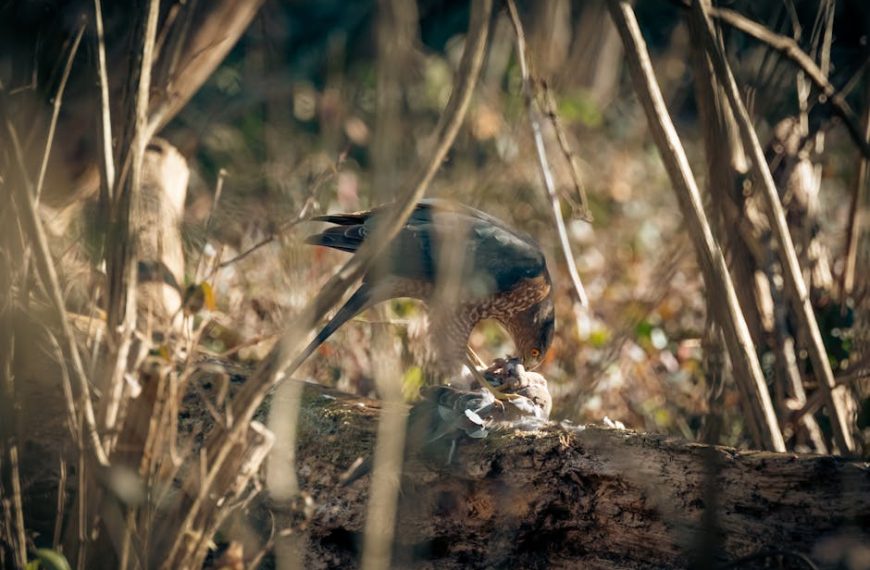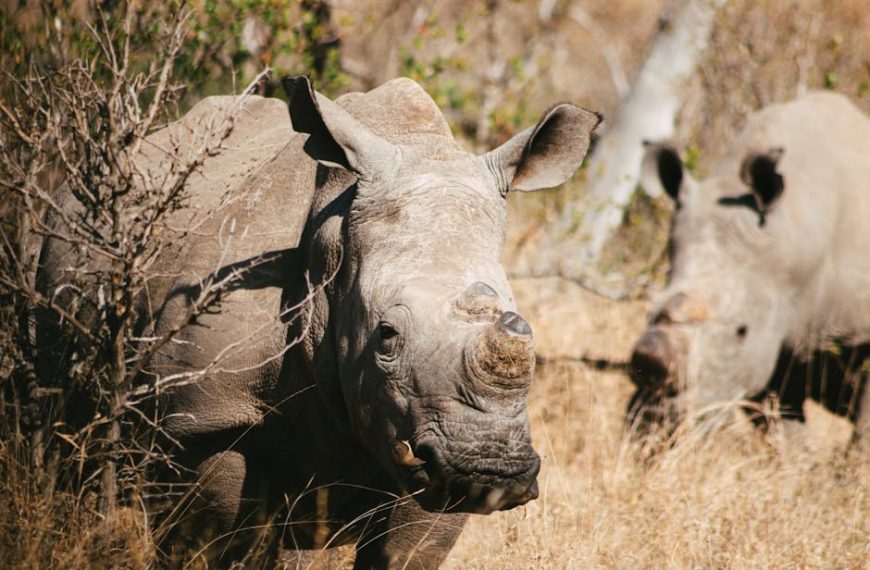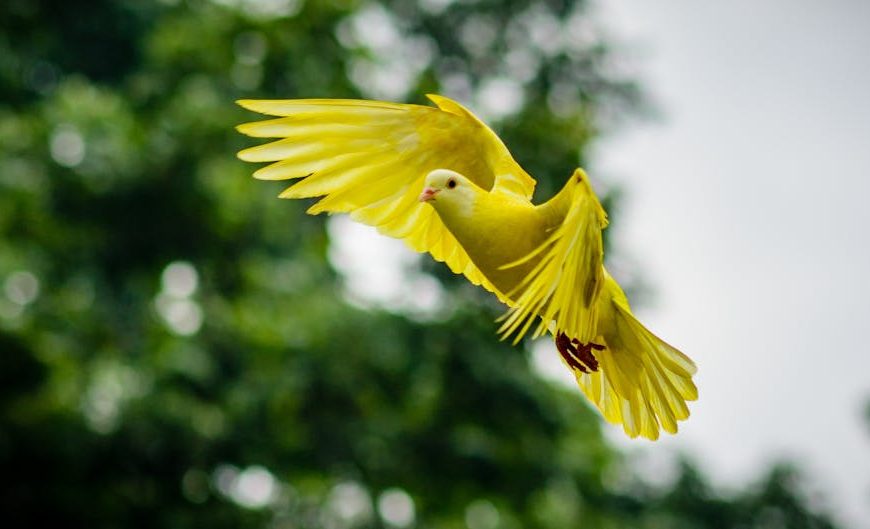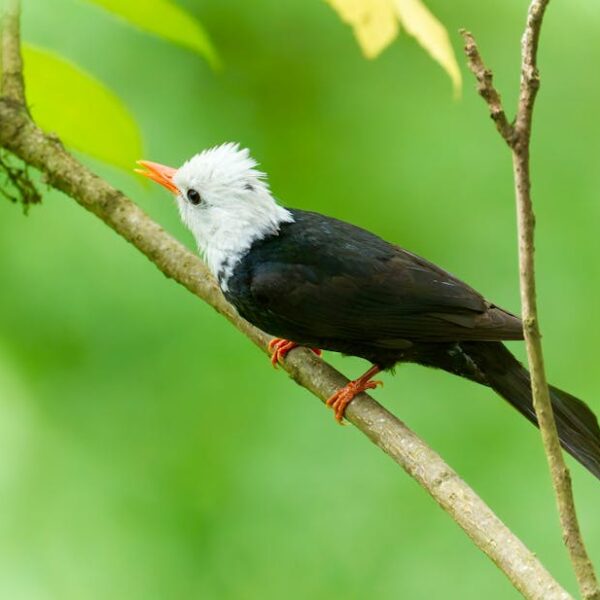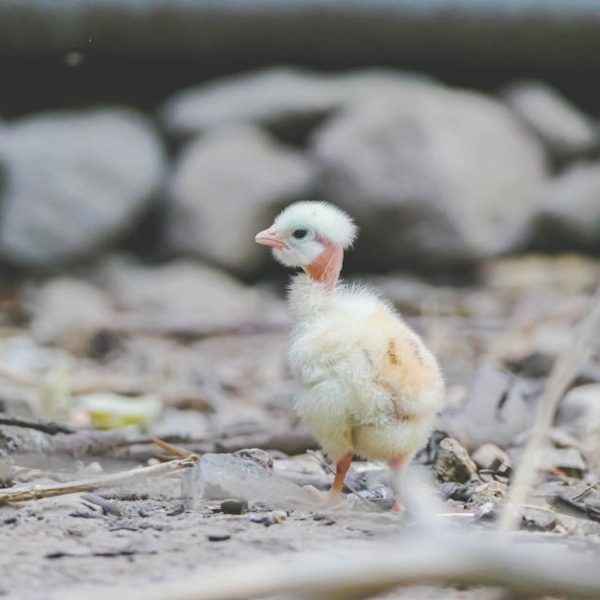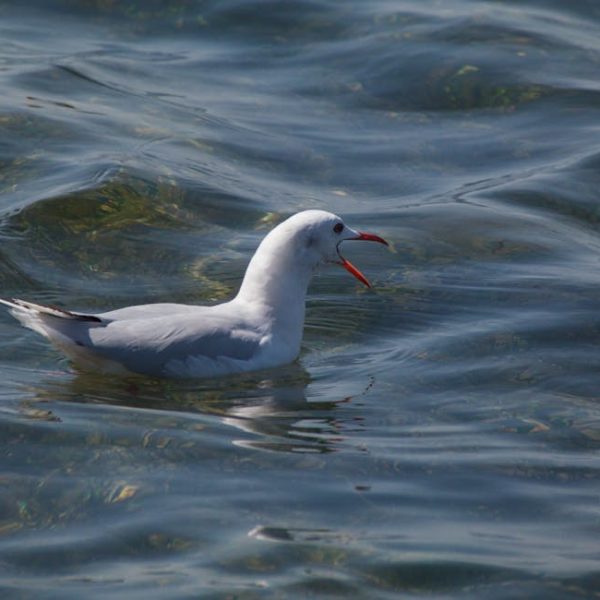Much like other creatures in the animal kingdom, birds are incredibly adept at survival. They possess an innate ability to perceive atmospheric changes, including those associated with tornadoes, a feature that directly informs their instinctive tornado coping strategies.
This article will explore birds’ natural intuition towards weather changes, delve into their flight and shelter-seeking behaviors during tornadoes, and discuss both their built-in and man-made shelters. Finally, it will elucidate birds’ recovery strategies in a post-tornado scenario.
Birds’ Natural Intuition and Weather Changes
Birds have a phenomenal ability to sense upcoming weather changes. They do so predominantly by detecting fluctuations in atmospheric pressure that typically precede storms and tornadoes. This elaborate sensing mechanism cues them to implement survival strategies, whether by taking flight or seeking shelter.
Notably, birds harbor a strong instinct to migrate when the environment becomes less accommodating. This instinct can drive them to fly well away from the path of an imminent tornado, thus ensuring their safety.
![]() Pro Tips: Birds typically seek shelter within the landscape itself. Safe spots may include the boughs of trees, dense bushes, or even man-made structures like barns and houses.
Pro Tips: Birds typically seek shelter within the landscape itself. Safe spots may include the boughs of trees, dense bushes, or even man-made structures like barns and houses.
Did you know? Birds possess the ability to sense infrasounds emitted by tornadoes, subtle acoustic signals humans cannot hear. This creates an additional tool that they use to navigate their survival in extreme weather conditions.
Flight, Safety, and Shelter
Flight plays a crucial role in the survival strategies of birds during extreme weather like a tornado. It is both a reactive and proactive safety measure. Birds may either fly high above the storm’s reach or use their flight to swiftly find shelter on the ground.
Each bird species exhibits unique flight patterns and behaviors when responding to a tornado. Some may rise high into the sky to escape the storm’s vortex, while others might retreat into the forest canopy or human-made structures.
Pros and Cons of High-Flight VS Shelter-Seeking:
Checklist: Did you know that hummingbirds have been documented to ride out hurricanes while remaining in-flight?
Flight behavior varies significantly with individual species, weather severity, and options available for seeking shelter.
In-Built Shelters: Nests and Burrows
Nests serve as home bases for many birds, giving them a sanctuary against the chaos of a storm. While some birds would desert their nests to pursue safer options during tornadoes, others adapt by reinforcing their shelters.
Waterfowl and ground birds exhibit patterns of diving underwater or seeking refuge in burrows during dangerous weather.
![]() Best Practices: People can contribute positively by creating safe shelters for birds in their backyards. Installing birdhouses or offering bird-friendly landscaping may provide critical refuge during storms. Feeders can be a crucial food source if natural resources become scarce.
Best Practices: People can contribute positively by creating safe shelters for birds in their backyards. Installing birdhouses or offering bird-friendly landscaping may provide critical refuge during storms. Feeders can be a crucial food source if natural resources become scarce.
Man-Made Structures as Bird Shelters
At times, nature’s offerings aren’t the safest option for birds during extreme weather. In such cases, they opt for human-made structures. Buildings, bridges, and other robust constructions can provide a haven from high wind speeds, hail, and other hazards thrown up by tornadoes.
However, these structures aren’t without their drawbacks. For instance, glass windows and reflective surfaces can be deceptive and hazardous, causing birds to crash into them.
Pros vs Cons Comparison of Natural VS Man-Made Shelters:
| Natural Shelters | Man-Made Shelters |
|---|---|
| Birds are naturally inclined to seek these shelters | Usually offers a safe barrier against high winds |
| Risk of shelter being destroyed in the storm | Potentially dangerous, e.g., flying into glass windows |
Birds’ Post-Tornado Survival and Recovery
Surviving a tornado is only one part of the battle. Birds face a string of challenges in the storm’s aftermath, from seeking food to rebuilding their nests and re-establishing territories. In some situations, habitat loss or forced relocation may come into play.
Still, birds prove to be incredibly resilient. Many species possess not only the physical ability but also the cognitive faculties necessary for a remarkable recovery.
![]() Best Practices: Following a tornado, consider putting out extra food and water resources. This can significantly aid bird recovery in the immediate aftermath when natural food sources might be in short supply or tainted.
Best Practices: Following a tornado, consider putting out extra food and water resources. This can significantly aid bird recovery in the immediate aftermath when natural food sources might be in short supply or tainted.
Did you know? Some bird species, like the Red Crossbill, have strikingly adapted to drastic habitat changes, showcasing incredible resilience even in post-tornado scenarios. These birds are known to repurpose fallen timber (often a result of tornadoes) to build their nests and find food, highlighting their adaptability and resilience in the face of calamity.
In conclusion, birds, these feathered marvels of nature, have incredibly diverse strategies to contend with tornadoes. From sensing the atmospheric changes to finding shelter and recovering post-tornado, they never cease to amaze!
Key Takeaway:
- Birds have a highly advanced sensing ability, making them extremely capable of recognizing atmospheric changes that signal the onset of storms and tornadoes.
- Birds employ a variety of strategies to counter tornadoes, such as flight and seeking shelter. The choice predominantly depends on individual species and surrounding circumstances.
- Birds take shelter in both natural and man-made structures in anticipation of stormy weather. While human-made structures often offer robust protection, they carry their own set of risks like glass windows.
- Following a tornado, birds face several challenges like habitat loss, lack of food, and territory re-establishment. Despite these challenges, several bird species show remarkable resilience and adaptability, often making a quick recovery post-tornado.
Don’t let the delicate appearance of birds mislead you. They’re mighty warriors, well-equipped to handle nature’s harsh elements. It’s fascinating how instinctive responses, combined with learned behaviors, enable these feathered friends to weather the storm quite literally. As responsible humans, we can definitely contribute to making their survival journey a little less arduous.
FAQs
Q: How can I help birds during an extreme storm like a tornado?
A: You can play a significant role by providing additional food and water, and setting up birdhouses conducive to their survival and post-storm recovery.
Q: How do different bird species react to tornadoes?
A: Each bird species has unique responses to impending weather changes. Some might fly away from the storm’s path based on migration instincts, while others might opt for nearby shelters.
Q: How do birds recover from a tornado?
A: Post-tornado recovery involves searching for food, rebuilding their nests, and re-establishing territories. Many bird species show impressive resilience and make noteworthy recoveries.
Q: Are man-made structures safer for birds during tornadoes?
A: Man-made structures can provide sturdy protection against high winds and hail. However, they also carry risks such as glass windows that birds can crash into accidentally.
Q: Do birds leave their nests during tornadoes?
A: It depends on the species and specific circumstances. Some birds abandon their nests seeking safer shelters, while others reinforce their nests in preparation for the storm.
Please feel free to share this article and explore more interesting posts about the fascinating world of birds on our website.
